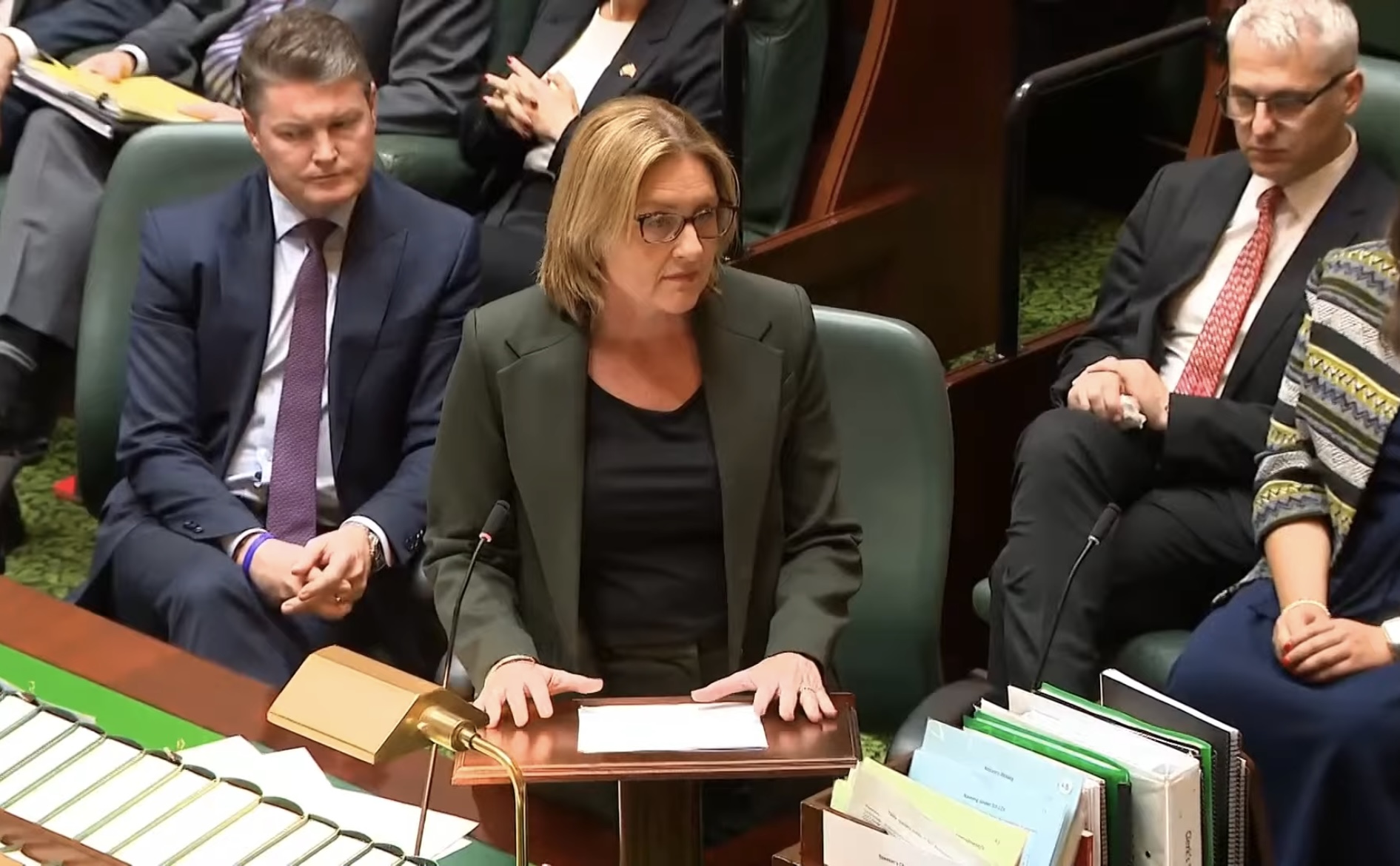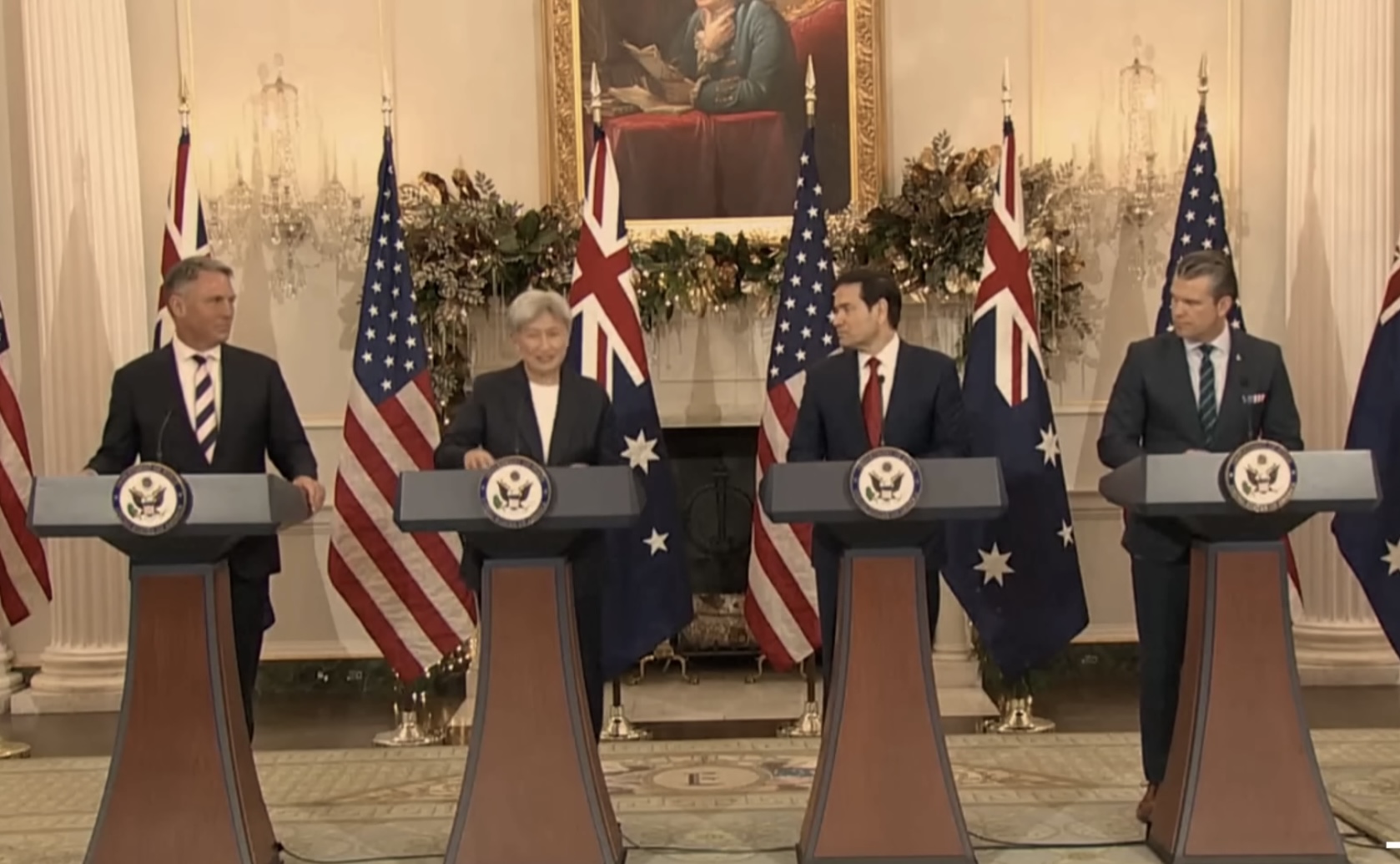A 7.5-magnitude earthquake struck off the northeastern coast of Japan late Monday night local time, prompting the Japan Meteorological Agency (JMA) to issue a tsunami warning for parts of Hokkaido, Aomori, and Iwate prefectures and order approximately 90,000 residents to evacuate. The quake occurred at 11:15 p.m., with its epicenter about 80 kilometers offshore of Aomori Prefecture at a depth of 54 kilometers.
The JMA initially predicted a tsunami height of up to three meters, while multiple ports recorded waves between 20 and 70 centimeters. By early Tuesday morning, the warning was downgraded to an advisory, indicating reduced wave heights and lower flooding risk. In Hachinohe City, Aomori, the quake registered a “strong 6” on Japan’s seismic intensity scale—strong enough to make standing or walking impossible, requiring residents to crawl to move.
As of 2 a.m., Japan’s public broadcaster NHK reported no major structural damage, with only several people in Hachinohe hospitalized for injuries. Prime Minister Sanae Takaichi confirmed at least seven people had been injured. Multiple nuclear power plants, including Tomari (Hokkaido), Higashidori (Aomori), Onagawa (Miyagi), and Fukushima Daiichi, reported no abnormalities.
Japan, located along the “Ring of Fire,” is among the world’s most seismically active countries, with roughly 20% of magnitude-6 or higher quakes occurring there. The Tohoku region previously experienced one of modern history’s deadliest disasters in March 2011, when a 9.0-magnitude quake and resulting tsunami killed nearly 20,000 people.
Commentary:
Japan’s frequent exposure to earthquakes has led to a highly developed disaster-prevention system, considered a global model. In this latest quake, the rapid tsunami warnings, immediate evacuations, and quick nuclear safety inspections reflect Japan’s preparedness in systems, infrastructure, and public awareness.
Other countries can learn from Japan’s three key disaster-prevention practices: first, a rapid and precise alert system that uses TV, mobile phones, and radio to issue warnings before shaking reaches the area; second, institutionalized evacuation procedures, with schools, businesses, and communities conducting regular drills to ensure residents know escape routes and evacuate promptly; third, reinforced buildings and infrastructure, including earthquake-resistant structures and automatic shutdown systems at nuclear plants. While disasters cannot be prevented, thorough preparation can significantly reduce harm.


 COVID-19 Around the World4 years ago
COVID-19 Around the World4 years ago
 Cuisine Explorer5 years ago
Cuisine Explorer5 years ago
 Tagalog5 years ago
Tagalog5 years ago
 Uncategorized5 years ago
Uncategorized5 years ago
 Cantonese - Traditional Chinese5 years ago
Cantonese - Traditional Chinese5 years ago
 Uncategorized5 years ago
Uncategorized5 years ago
 Uncategorized5 years ago
Uncategorized5 years ago










